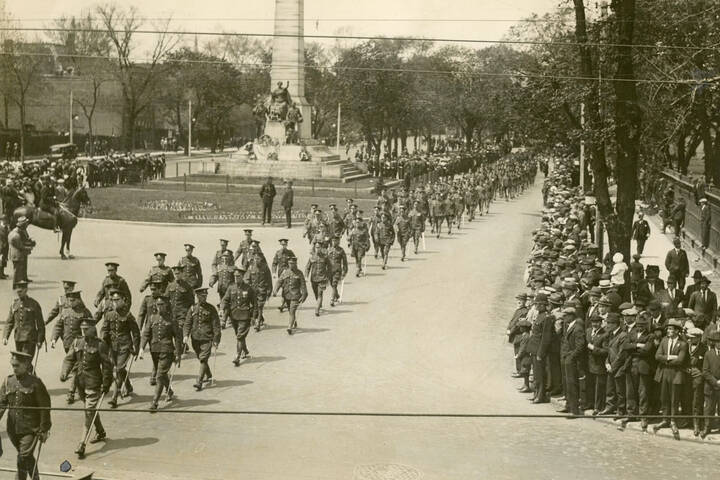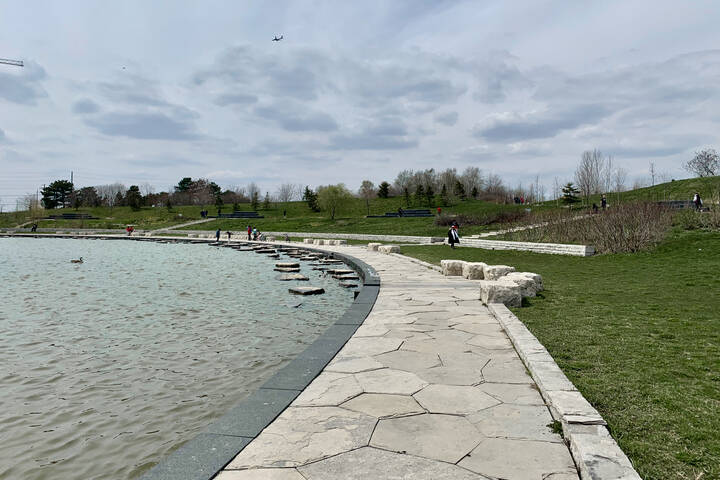
Here's how the TTC's evolving subway network is shaping Toronto's skyline
Love it or hate it, the TTC is the underlying skeletal structure that has and will continue to shape Toronto's skyline for generations to come.
Toronto's years-long development boom is being fuelled by provincial and municipal planning policies that promote higher concentrations of density around planned and existing transit routes.
These guidelines are among the factors responsible for the ongoing intensification of thoroughfares on subway lines, including Yonge Street, Bloor Street, Danforth Avenue, and University Avenue, but also along the routes of future lines.
The current round of infrastructure investments on LRTs, subway extensions, and the new Ontario Line is now unlocking more pockets of land in the city for high-density development, following a pattern that has shaped T.O. since its first subway line was built below Yonge Street in the 1950s.
All of this future change fuelled by transit is evident in a new graphic created by digital marketer Stephen Velasco, who has been documenting the city's growth through physical and digital modelmaking for the last 13 years.
Velasco's models have been regularly featured on blogTO, starting with an intricate model of the city's future skyline created out of cardboard in 2011, and more recently moving into formulating detailed digital glimpses into the coming years through his Future Model Toronto project.
For his latest update, Velasco has superimposed planned and under-construction developments over the city's evolving transit network, showing how existing and future transit routes are shaping the Toronto skyline of the future.
#Toronto’s rapid growth continues to transform its #skyline and urban landscape. A look at development activity in and around the Downtown Core 🏗️:
— Future Model Toronto (@FutureModelTO) February 13, 2024
Blue = Under Construction
Pink = Proposed or Approved#transit pic.twitter.com/lXBXIuEW27
The new Ontario Line subway's impact on the communities it will serve is apparent in the graphic, which displays significant concentrations of density planned in areas surrounding stations like Gerrard, East Harbour, Corktown and Moss Park.
Conversely, the graphic also shows how transit isn't always enough to spur development. Some areas of the city with established low-rise densities — particularly areas with affluent tax bases like Rosedale and Leslieville — have been largely immune to these localized development booms despite being served by higher-order transit.

New hubs of density forming around Ontario Line stations will extend skyline views from the islands further to the east and west in the years to come, while the city's latest major infrastructure investment is sure to be a contributing factor in skyline growth for generations to come.
Stephen Velasco
Latest Videos
Latest Videos
Join the conversation Load comments







